Unless you’ve been hiding under a rock this past year, you know that the era of third-party cookies is fading away. Google's decision to bid farewell to third-party cookies in 2024 has set the industry abuzz.
So, what's the scoop behind Google's cookie crackdown? Buckle up for an eye-opening journey because it’s time to pivot toward the exciting world of first-party cookies. But what does that mean? And, more importantly, how can you make it happen in the real world? Dive into our comparison of first-party vs. third-party cookies and discover how to conquer the first-party cookie challenge with practical examples from HubSpot.
Table of Contents
First-party vs. third-party cookies
Using first-party cookies with HubSpot
Ways to collect first-party cookie data
How to create a web request form in HubSpot?
Have your first-party cookie and eat it, too!
First-party vs. third-party cookies
As you can see, both cookie data types are meant to collect data about users’ behavior. But while first-party cookies are tied to the website you're actively engaging with, external domains utilize third-party cookies to gather data across various sites.
Picture yourself in your favorite local coffee shop, where the barista recognizes you and knows your go-to order and typical visit times. This is similar to how a first-party cookie operates—it's like the coffee shop's memory, tailored specifically to your preferences and interactions in that space.
Now, imagine trying out a new coffee spot in a different part of town. The owner there greets you by name, remembers your usual drink, and even offers you a complimentary cookie (excuse the pun) for your coffee. In this scenario, third-party cookies come into play. They've gathered information about you from other places you've visited, enabling this new cafe to offer personalized service right from the moment you step inside.
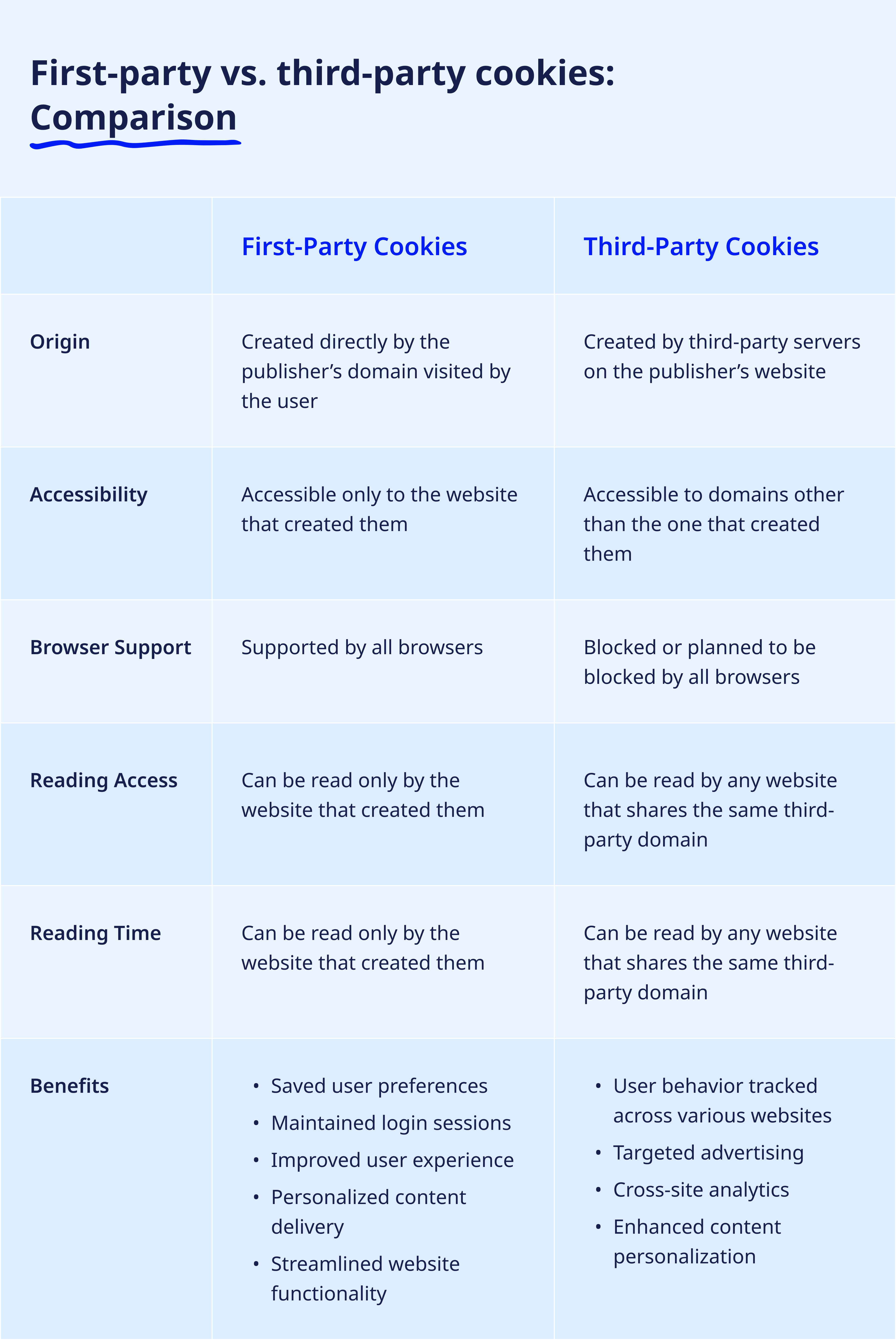
Using first-party cookies with HubSpot
Real-life first-party data success stories prove that businesses can leverage first-party cookies to drive growth, enhance customer experiences, and foster loyalty, all while prioritizing user privacy and compliance with legal regulations:
- Zoe Financial, a wealth-planning platform based in New York, used first-party cookies from HubSpot to optimize its Google Ads campaigns. It achieved a significant sales boost of 60%.
- Cluey Learning, an online tutoring startup serving in Australia and New Zealand, used first-party data managed securely through HubSpot and Google. With Google's Customer Match feature, they efficiently targeted qualified potential customers with tailored ads, resulting in a notable increase in ad effectiveness by 190% and a decrease in conversion costs by 17%.
- Agicap, a cash management software startup in France, integrated first-party CRM data with Google Ads, creating a targeted bidding strategy that reengaged qualified leads with relevant ads. This approach led to a considerable increase in conversions by 10% and revenue growth by 15% while effectively managing costs
Ways to collect first-party cookie data
While there are many ways to gather first-party cookie data, like SSO and analytics tools, our team advocates for a content-driven approach. As a proud Diamond HubSpot partner, we are well-equipped to guide clients and other HubSpot users in harnessing its capabilities for effective data collection. Let's explore practical examples and strategies together!
Surveys and polls
You can use custom surveys and polls to ask your customers specific questions to gather data needed for your marketing and sales operations.
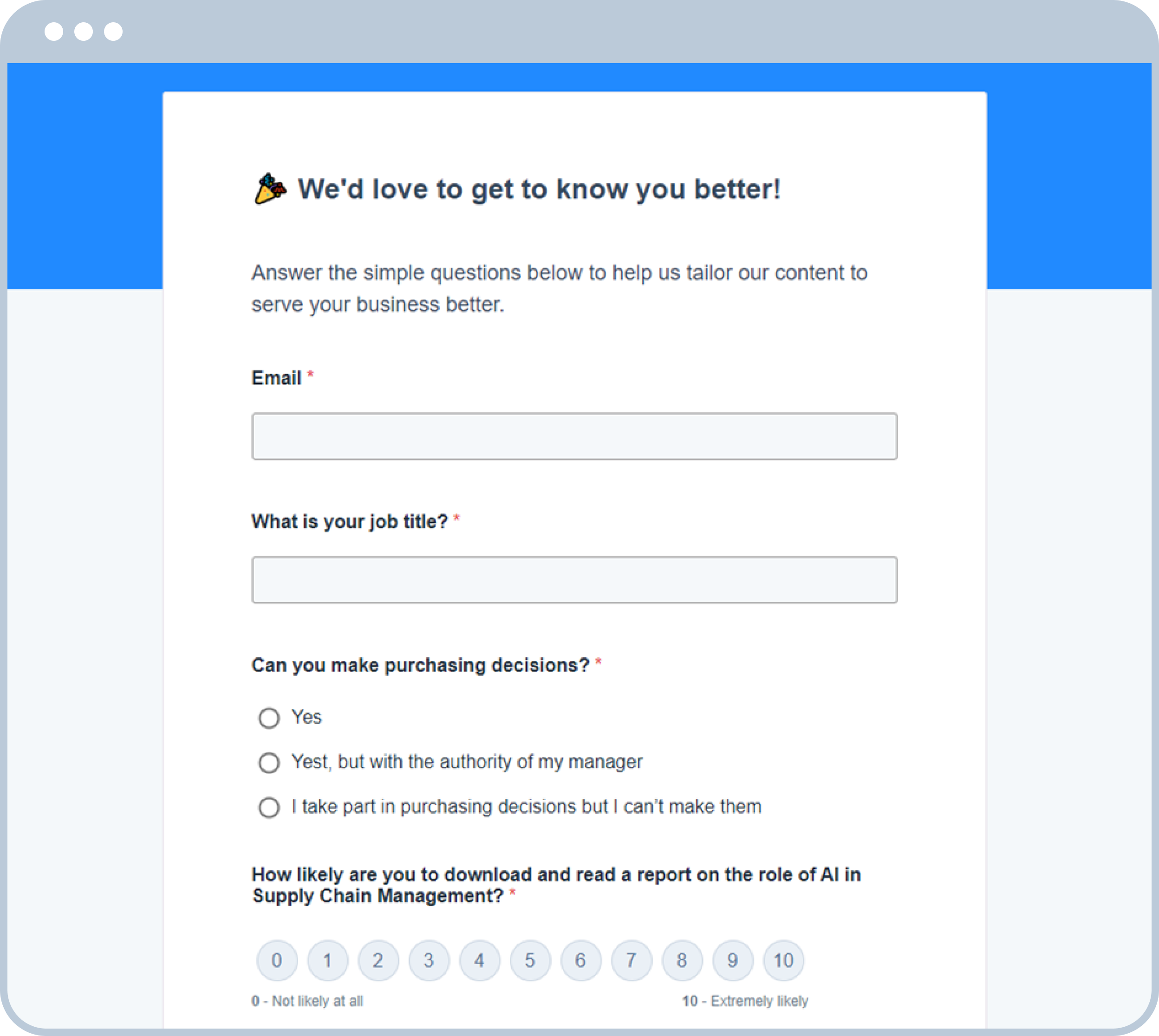
You can create surveys in HubSpot and share them via email or place them on one of your website pages. Another option is to generate a shareable link to use in custom marketing assets.
Customer feedback and reviews
Using the same tools, you can collect first-party cookie data regarding your products, services, or the overall experience of interacting with your business. Ask the right questions, analyze the answers, and make changes accordingly.
HubSpot makes it easy to measure customer satisfaction with two popular metrics:
- Net Promoter Score (NPS), verifying how likely your customers are to recommend your services.
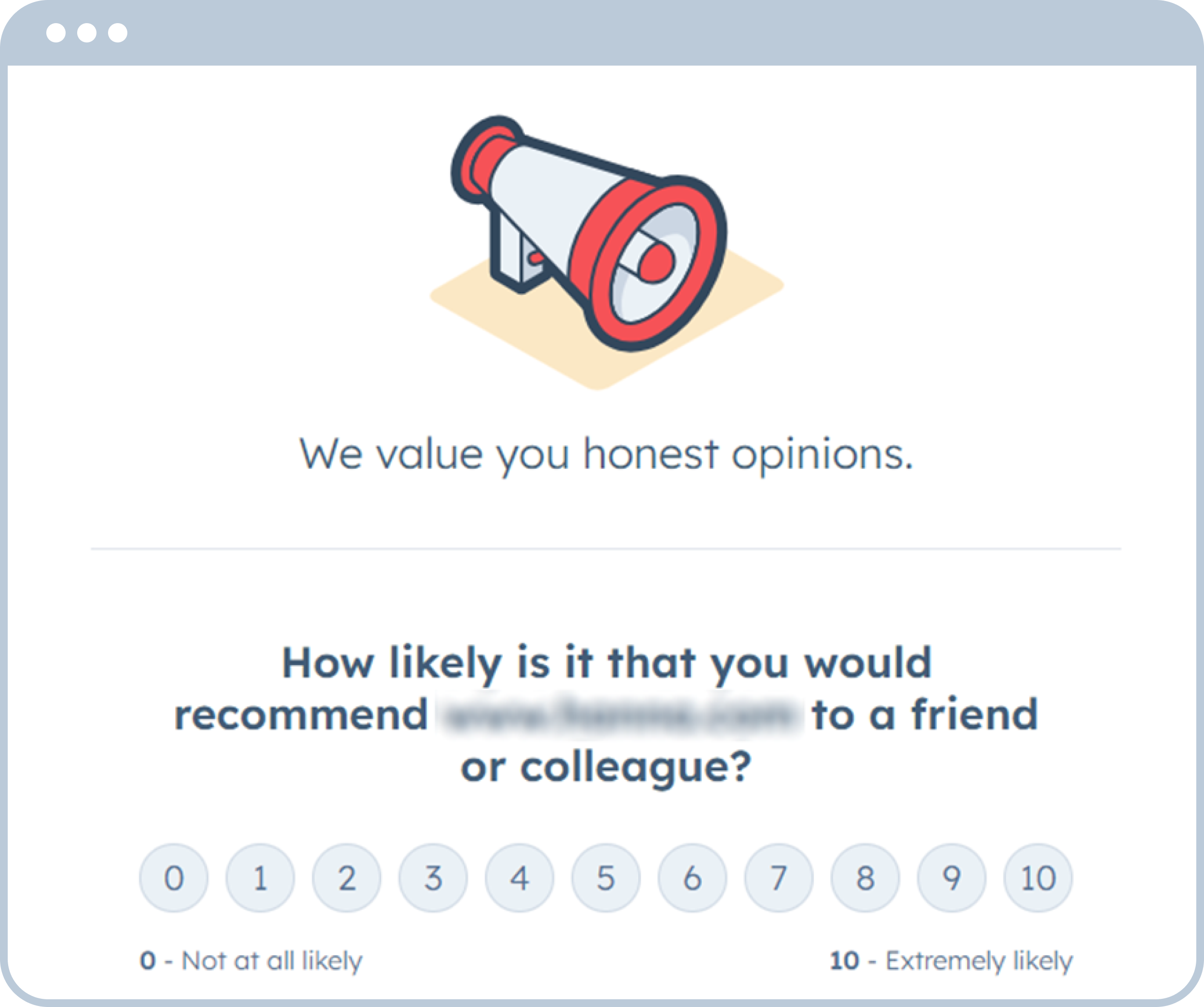
- Customer Satisfaction Score (CSAT), verifying customers' satisfaction with your business.
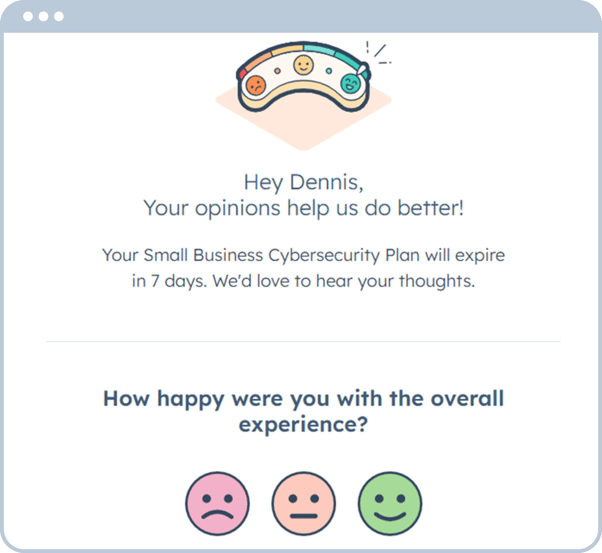
Newsletters
Email newsletters allow you to test various metrics (open rates, clicks, spam reports) to explore customers’ interests and preferences. You can serve them relevant content, useful links, and data or provide special offers to apply your best practices in future campaigns.
One of our best-performing emails was part of our Web Summit 2023 marketing promotion. Featuring a captivating subject line, compelling copy, personalized touch, and an exclusive client offer, it achieved an impressive 57.45% open rate and 4.26% click-through rate. Benchmark that against the industry average, which ranges between 20-38% and 1.8-2.3%, respectively.
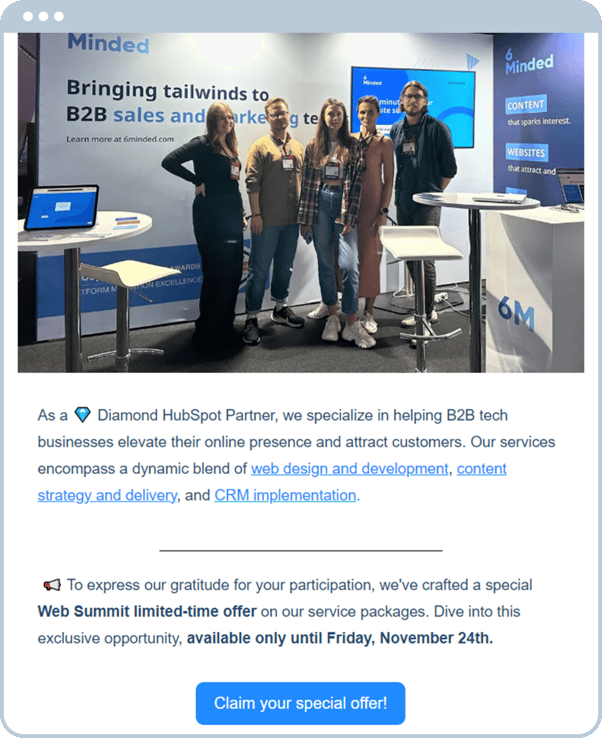
👉 Ready to achieve similar results? Drop us a message, and we'll craft a customized strategy and content to get you there!
E-books and lead magnets
A lead magnet is a comprehensive piece of information businesses offer potential customers in exchange for their contact info or other engagement. It's a way to catch attention and kick off the process of turning those leads into loyal customers. Here are a few content assets that can serve as a lead magnet:
- eBooks providing in-depth information on a particular topic related to the business's industry, like our B2B Website Conversion Guide created to boost website engagement with simple copy and design fixes.
- Checklists that simplify a complex process or offer quick solutions to common problems.
- Case studies with real-life examples of how your products have helped your clients achieve their goals.
- Toolkits meant to assist users in streamlining their tasks.
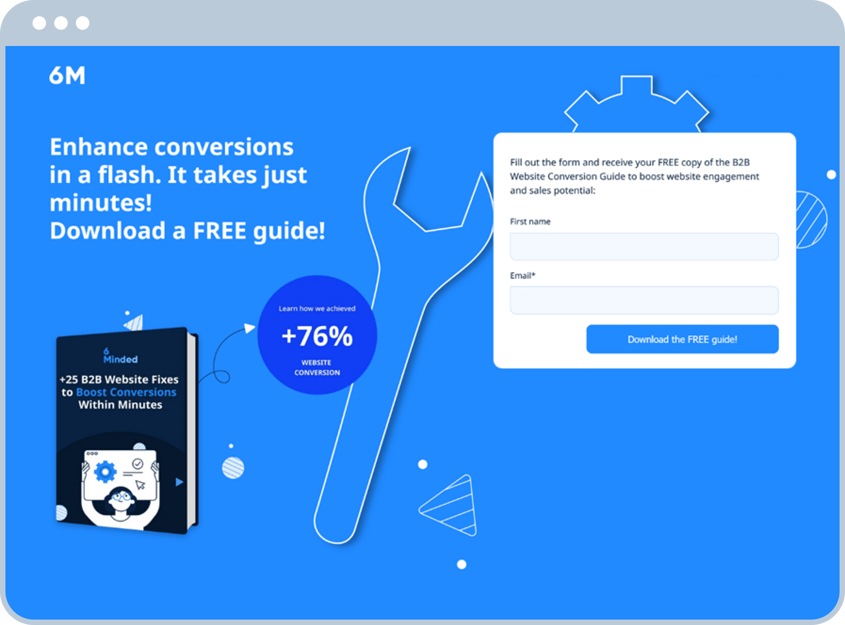
Before users could download our guide, they needed to complete the form and leave their name and email address. You can ask for more information, like position, company size, and email preferences, but in general, the fewer details you request, the higher the conversion rates.
Each lead magnet requires a dedicated landing page to collect first-party cookie data. This page acts as a digital entry point where users provide their contact information in exchange for the promised offer.
Web request forms
A web request form is a simple tool for gathering first-party cookie data by prompting users to submit specific inquiries on your website. Whether for newsletter sign-ups or demo proposal requests, these forms are versatile and efficient in engaging your audience. And they don’t take much time to make!
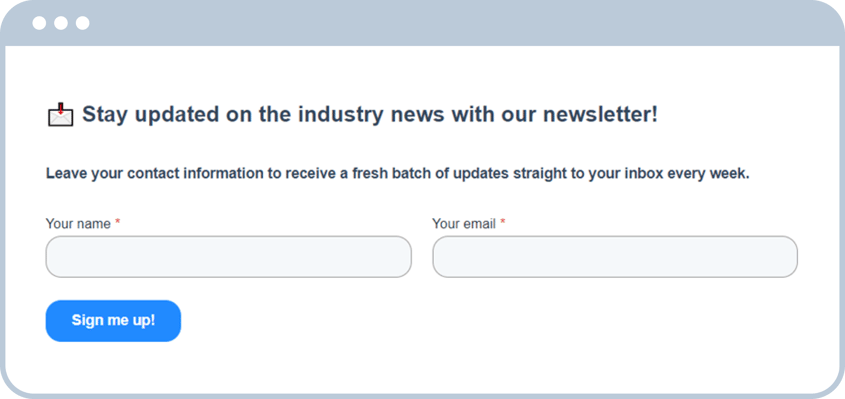 Keep the request forms short and simple to encourage users to complete them.
Keep the request forms short and simple to encourage users to complete them.
How to create a web request form in HubSpot?
- In your HubSpot account, navigate to Marketing – Forms and create a new form. Then, choose your desired form type.
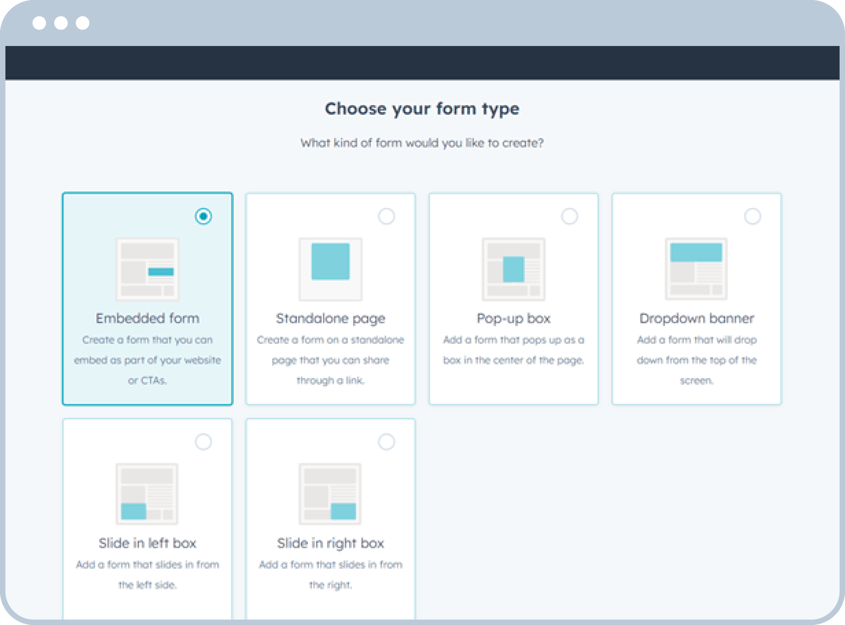
2. Next, opt for one of the amiable templates or create your form from scratch.
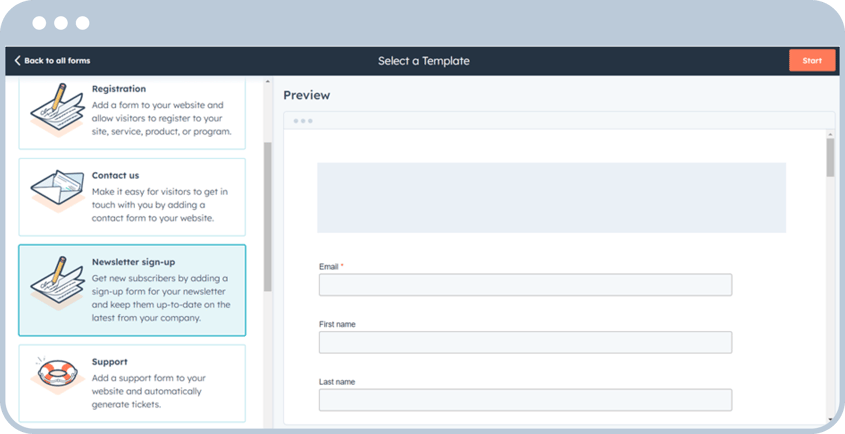
3. You can make all necessary changes within the editor to tailor the form’s content to your requirements. Then, submit your data, and that’s that!
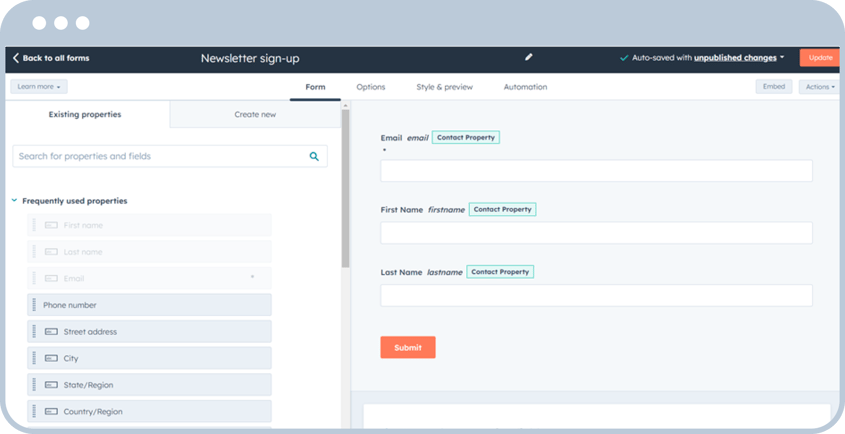
Have your first-party cookie and eat it, too!
With third-party data phasing out, the “first-party vs. third-party cookies" dispute is losing relevance. To move towards a cookieless future, marketers and advertisers must find new ways to collect data.
While customers value their privacy highly, they are willing to share their data in exchange for convenience and personalized experiences. However, this willingness comes with a caveat – businesses must uphold principles of transparency, data security, and clear communication to earn and maintain consumer trust.
Want to boost your marketing performance with first-party cookies? Get in touch, and our specialists will create custom content tailored to your needs.

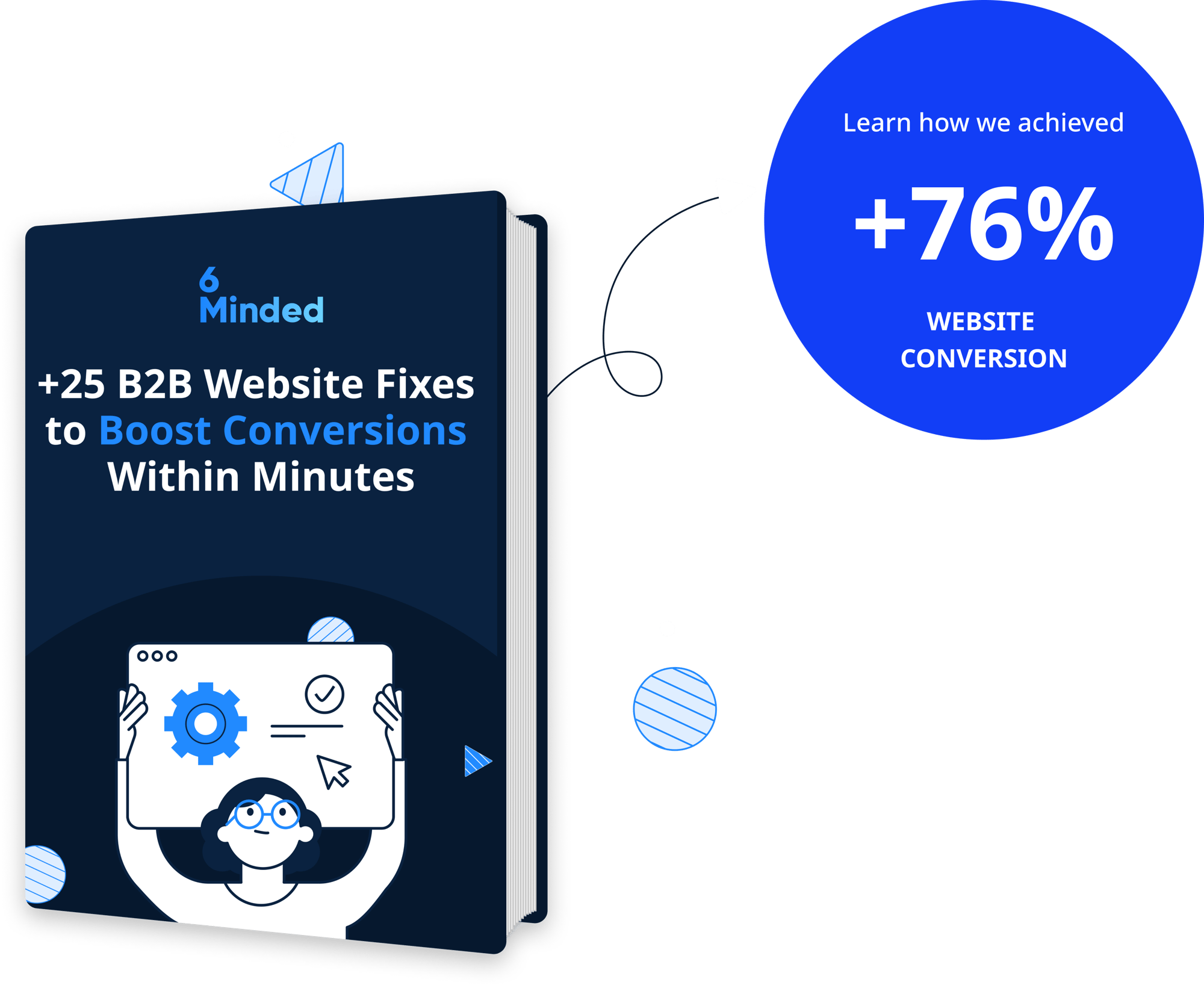
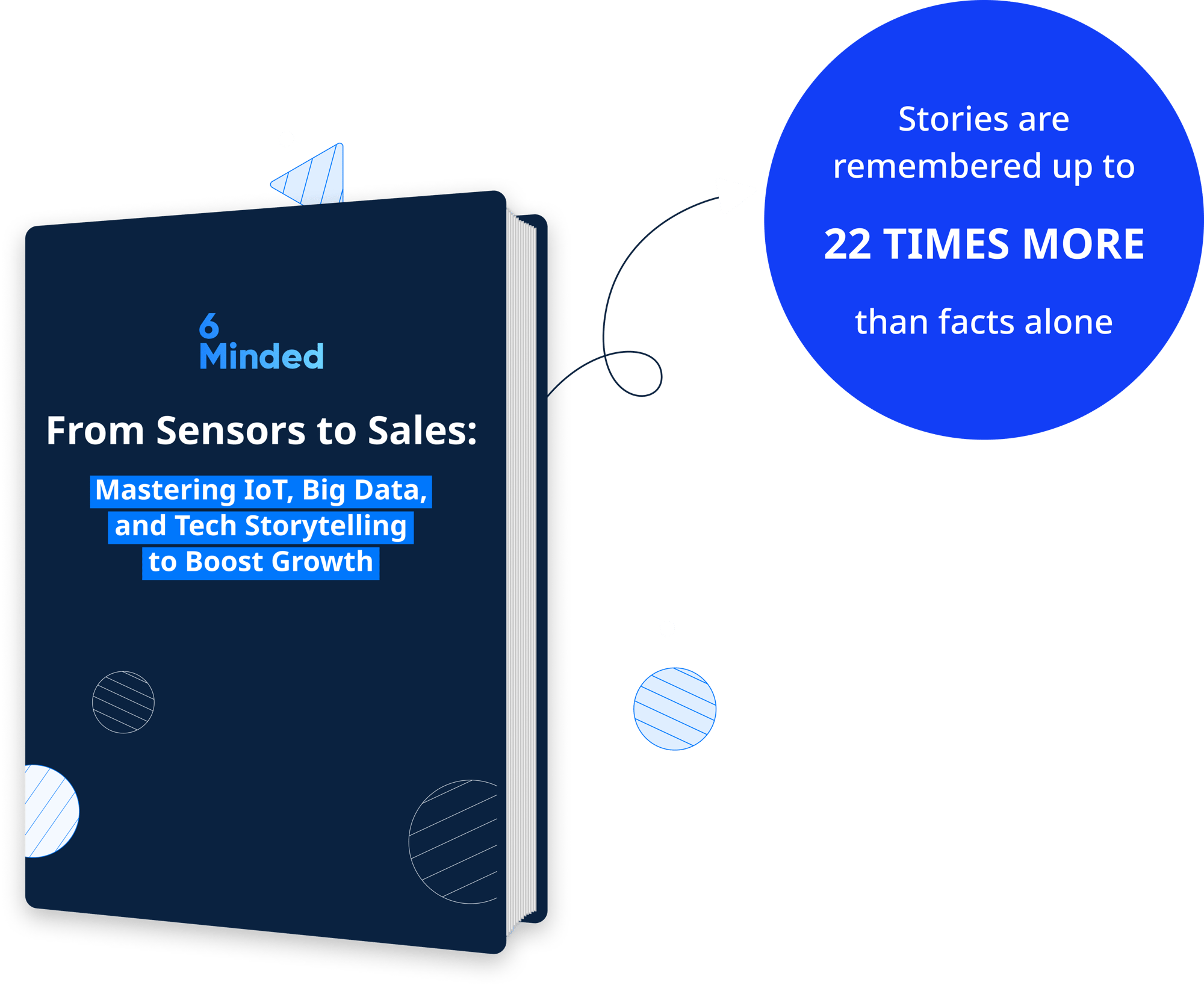
 September 2023
September 2023
